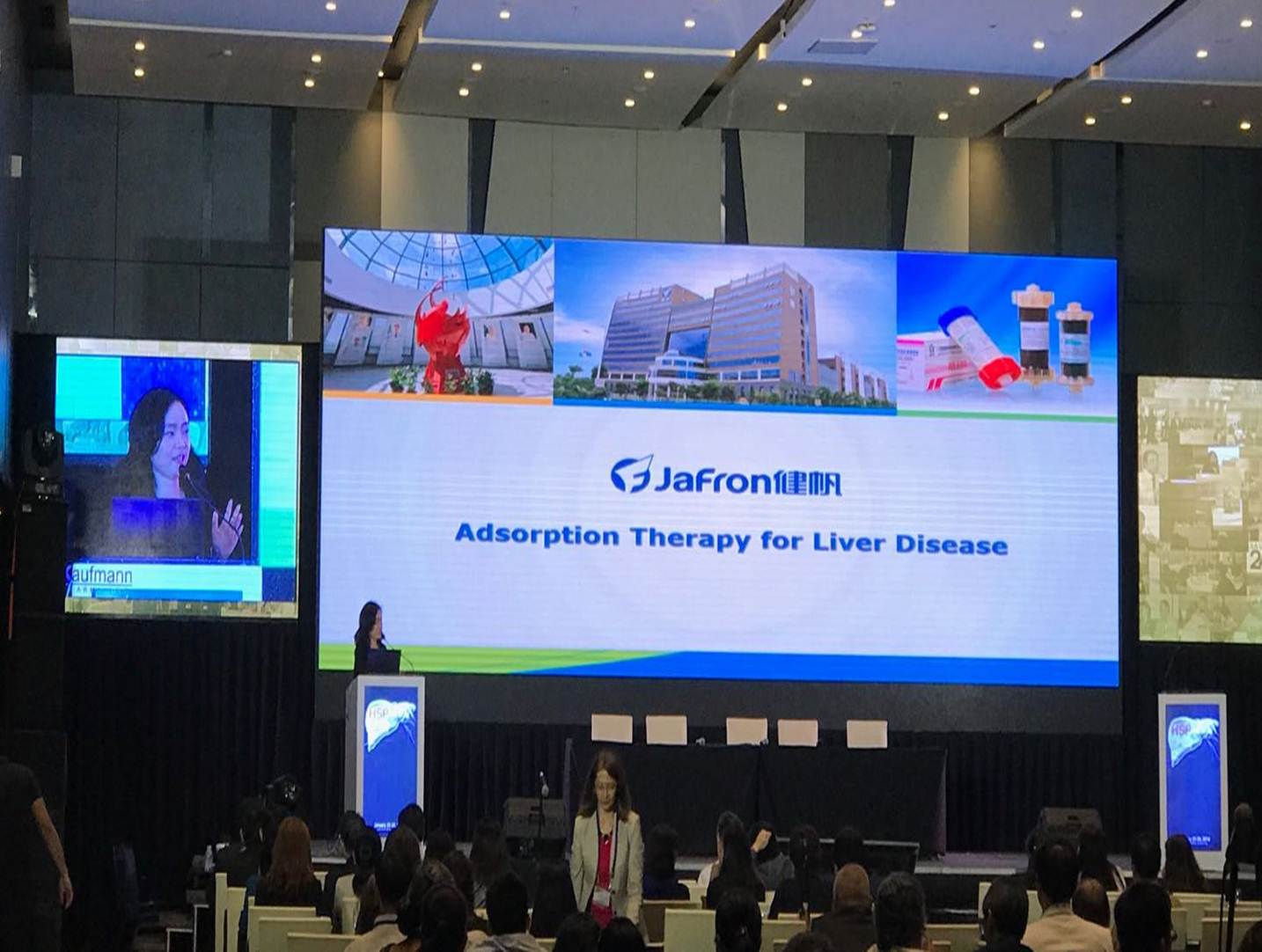Academic Perspective:Cytokine Removal – Where Are We?
Author:Sherry Zhang Date:2024-10-21

Cytokine removal therapy in sepsis
Dr. Fernando Sánchez Morán
Intensive Care Unit, General University Hospital of Castellon, Spain
1. The role of hemoperfusion in sepsis – Peak Concentration Hypothesis & Cytokinetic Model
The Peak Concentration Hypothesis explains the reason for applying hemoperfusion on patients with sepsis. As patients have high levels of pro-inflammatory and anti-inflammatory, the application of hemoperfusion therapy could lower the peaks of cytokines. Therefore, patients are likely to recover hemostasis for a better condition to face the infection. The Cytokinetic Model proposed that reducing the cytokine level could relieve organ infiltration and tissue injury. On the other hand, the redirection of immunocompetent cells will improve bacterial clearance.
2. Patient selection criteria
▷ Patient with sepsis diagnosis according to Sepsis-3 diagnostic criteria and no response to the septic shock treatment including:
• High doses of vasopressor agents to maintain adequate organ perfusion.
• Dysfunction of ≥ 2 organs.
• Blood lactate ≥ 2 mmol/L.
• High levels of Procalcitonin (PCT) and CRP.
• High level of IL-6 (>1000 pg/ml).
3. Case Presentation
A 79-year-old male who had COVID-19 induced septic shock, fecaloid peritonitis, and MODS, was admitted to ICU for intervention. He was hemodynamically unstable, with unresponsiveness to fluids and received high doses of vasopressors (up to 1.7 µg/kg/min of noradrenaline), peripheral hypoperfusion, increase in lactate (3.5 mmol/L), and low urine output. Lab results showed in figure 3. The clinical decision was made to conduct CVVHDF (Baxter Prismaflex) with RCA and three times hemoperfusion (Jafron HA380).

4. Result
Favorable clinical progression indicated that after the hemoperfusion therapy, the patient had improvement in clinical situation including the reduction of vasopressor dose and inflammatory mediators, and the increase of diuresis. On day 4 of admission, patient stopped renal replacement therapy. On day 5 of admission, patient was weaned from mechanical ventilation. Finally, patient was discharged to the surgery ward on day 8 of admission to ICU. Results are shown in figure 2-6.




5. Conclusion
• Cytokine removal therapy should be considered in unresponsiveness septic shock patients.
• Potential role of HP (isolated or associated with CRRT) to:
- decrease cytokines and inflammatory mediators.
- stabilize hemodynamic with a decrease in requirements for vasopressors.
• Hemoperfusion is a safe technique with close and correct monitoring.
_______________________________________________________
ECBP in critically ill septic patients
Prof. Apostolos Armaganidis
Head of the 2nd Critical Care Department, ATTIKON University Hospital, Greece
Case presentation
1. Objective
▷ To evaluate the hemoadsorption treatment method for patients with septic shock, including
• feasibility and safety.
• efficacy for disease’s severity improvement.
• impact on parameters related to sepsis severity or outcome.
2. Method
▷ Six septic patients who with over two organ failure, average SOFA score 14.
• Adsorber: HA Disposable Hemoperfusion Cartridge (Jafron Biomedical)
• Treatment: CRRT and once HA hemoperfusion per day, for 3 consecutive days. Hemoperfusion duration: 2 hours per session.
• Observation: 7 days monitoring period with indicators of SOFAm, oxygenation, needs of vasoactive drugs, CRP and CTP changes, and 7 and 28 days mortality and ICU mortality (compared with a historical control group of 12 similar patients in ICU).
3. Results
• CRP and PCT values decreased in all patients during and after the 3 sessions (Figure 7-8).
![]()

• SOFA score decreased due to respiratory and cardiovascular improvement (Figure 9.)

• 7 days, 30 days and ICU mortality increased compared with a historical control group of 12 patients (Figure 10)

Conclusion
• HA hemoperfusion treatment is relatively simple, feasible, compatible with most CRRT devices in ICU.
• No complications and no major events were attributed to the hemoperfusion sessions.
• Hemoperfusion benefits the improvement of hemodynamic status, respiratory and cardiovascular performance.
• Hemoperfusion helps with significant sepsis severity reduction (decrease of SOFA score).
• Hypothesis: hemoadsorption treatment can be used as a method to decrease or at least delay organ failures. Therefore, to “buy crucial time” within which disease reversibility may be possible with appropriate etiological treatment.
















